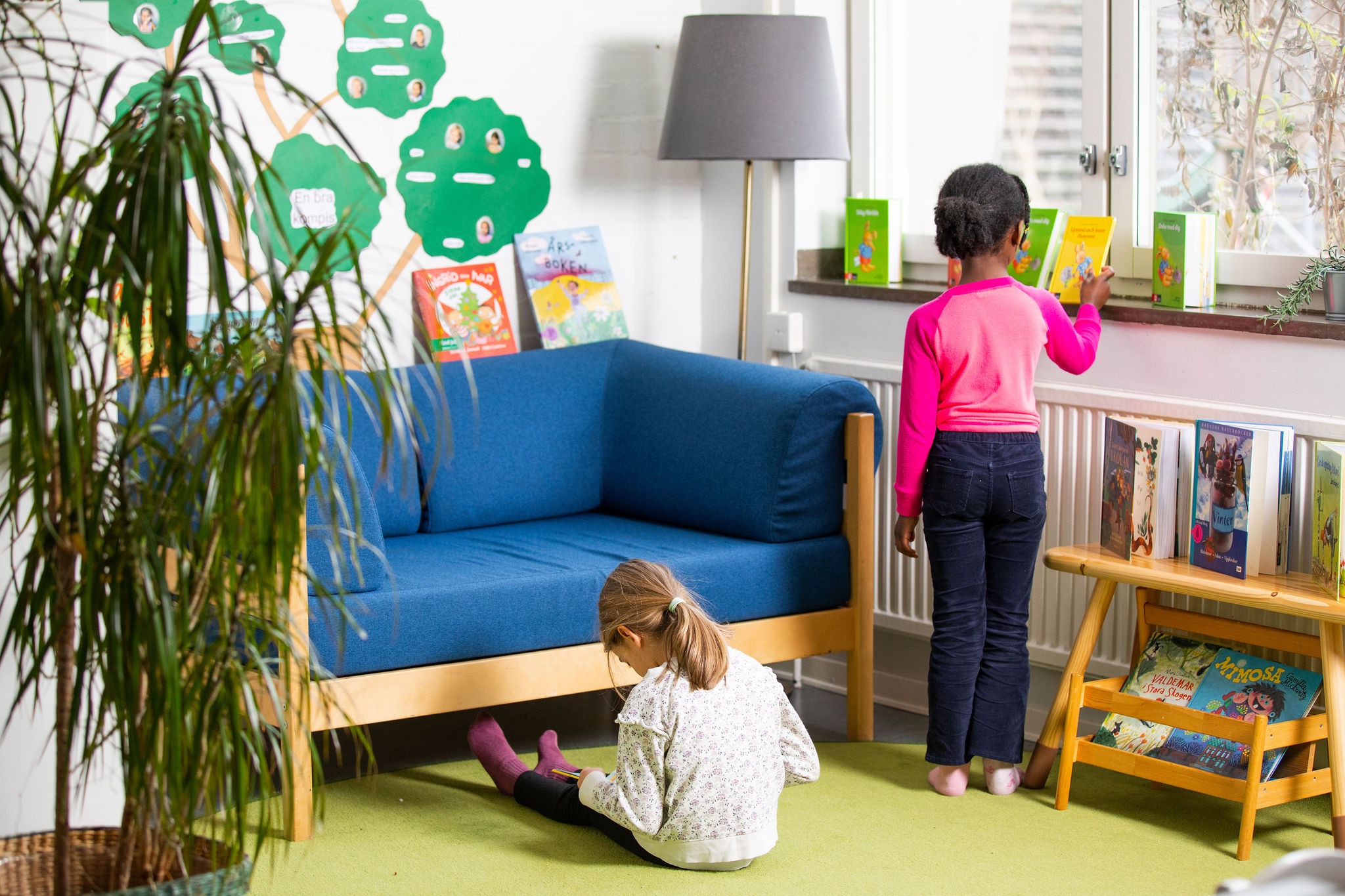This compilation/analysis takes its starting point in the curriculum for Swedish preschool (Lpfö18) for children aged 1-5 years, and in the presentations/guidelines of EYP (PYP) for children aged between 3-5 years, available on the IB organization’s website. The aim is to provide a schematic, overall picture of the similarities but also of the differences that can be found when reading through the various governing documents. The compilation does not claim to be scientific, it is not comprehensive.
Reflective summary
The governing documents for the two forms of education have a different setup and structure and sometimes use different expressions and concepts. To facilitate reading, this document consistently uses the term child as a concept both for children in Swedish preschool and for students in EYP (PYP) in those parts of the text where the two forms of education are compared. Curriculum is used for Lpfö18 but sometimes also for the guidelines and policy documents that apply to EYP (PYP), although they are not always referred to as curriculum in the documents read.
The overall goal of the IB program is to develop in people an international mindset/approach, creating individuals who feel part of the common humanity and shared responsibility for the planet and help create a better and more peaceful world. The PYP (Primary Years Program 3–12 years) also includes the EYP and the same principles, guidelines and curriculum follow the students throughout the education, but in the EYP they are translated into the younger students’ situation and learning.
Lpfö18 states that, as is also stated in the Education Act, education in preschool aims for children to acquire and develop knowledge and values. It should promote all children’s development and learning as well as a lifelong desire to learn. The preschool must also convey and anchor respect for human rights and the democratic values on which Swedish society rests. The preschool must also lay the foundation for a growing interest in participating in society and for sustainable development. Economically, socially and environmentally. This is consistent with the values emphasized in the EYP (PYP) although the international perspective is more prominent there.
Lpfö18 applies to Swedish preschools that receive children aged 1–5 years. This means that Lpfö18 can be made more concrete and contain more detailed instructions than is possible in the curriculum for EYP (PYP) which covers education for pupils aged 3–12 years. It becomes more comprehensive and general in its writings.
A clear conclusion is that there is a great deal of agreement regarding the values that the two educations rest on and are also tasked with conveying and anchoring in the children. The same agreement exists when it comes to the view of children and their learning and what knowledge and abilities the education programs should provide the children with the conditions to develop. There is also a common holistic view of learning and the view that care, development and learning form a unit and that those parts are necessary for the children to develop socio-emotionally, physically and cognitively.
The view of the teaching and which subject areas the children should develop abilities and knowledge in are also consistent. That the teaching must be interdisciplinary and based on a scientific basis is also clearly stated in both curricula.
The apparent difference regards the language of instruction. Lpfö18, which applies to Swedish preschools, states that the language of instruction must be Swedish. Lpfö18 places clear demands on the preschool when it comes to providing each child with the conditions to develop the Swedish language. In addition to developing the Swedish language, the preschool must also give the children the conditions to develop their own national minority language if the child belongs to a national minority. The preschool must also give each child the conditions to develop their mother tongue if the child’s mother tongue is not Swedish. This dimension of the children’s language development is missing in the EYP (PYP), which more generally emphasizes the importance of language and the importance of communication. EYP (PYP), which is part of the education within the IB, is an international school where the language of instruction is English, although the children must also take part in and also develop knowledge of the language spoken in the country where the school is located and the children, albeit temporarily, live.
There is otherwise nothing in the governing documents for EYP (PYP) that conflicts with the curriculum for Swedish preschool, Lpfö18.
Further emphasized in both forms of education
The view of children as resourceful, curious and creative individuals. Children are unique, they grow, develop and learn at different rates and in different ways. They learn and develop both individually and in collaboration with others. Education should provide the children with a desire to learn in lifelong learning and give them the conditions to develop intellectually, physically and emotionally.
Holistic learning is emphasized and described as learning that is not limited by subject boundaries but is learning that takes place in context and that also integrates socio-emotional, physical and cognitive development. Although both the EYP (PYP) and Lpfö18 describe the teaching as holistic and interdisciplinary, various subjects are also specified in which the children must be given the conditions to develop knowledge. The subjects described in both curricula are language (communication, literacy), mathematics, natural science (environment, sustainability), environment/society (culture, social studies) and various art forms. Both curricula emphasize that physical, social and personal development are important elements that should also be included in the education. Lpfö18 has more concrete descriptions of various abilities that the children must be given the conditions to develop and different areas within each subject that the children must be given the conditions to develop knowledge in.
The EYP (PYP) emphasizes the concepts of inquiry (INQUIRY), questioning, reflection, exploration and research. These concepts reappear as guiding stars in the documents. In Lpfö18, it is emphasized that the children should have the opportunity to wonder, explore, ask questions, communicate and reflect.
That play is of great importance to children’s learning, that children learn by playing and interacting with others, is a guiding principle emphasized in both curricula. That the children have good relationships with and interact with peers, teachers and parents is an important part of their development and learning. The importance of good relationships is emphasized in both forms of education, both for the children’s development and for their learning.
The value of diversity and different cultures is mentioned in both curricula but is more strongly expressed in Lpfö18. Both curricula emphasize the importance of respect and understanding for others, for their culture and opinions, but also state that the preschool must stand up for and anchor the basic, shared values. Values such as democracy and human equality are emphasized.
The importance of developing social skills, of learning both individually but also through collaboration.
Education must provide the conditions for the children to develop trust and self-confidence, encourage curiosity, creativity and interest.
The children must develop a sense of responsibility for our shared planet and the importance of protecting our environment, both locally and globally. The importance of sustainable development.
Both curricula use similar expressions regarding the children’s environment. EYP (PYP) – Learning takes place in a dynamic environment that promotes play, discovery and exploration. Lpfö18 – The environment must be good, accessible and inspiring, inspiring to interact and explore the outside world. It must support development, learning, play and communication.
Some differences exist
A difference that complicates comparison is that Lpfö18, as mentioned earlier, in its entirety is aimed specifically at the younger children, pre-school children aged 1–5 years. Here, the various abilities and knowledge that the preschool must give the children the conditions to develop in various areas are described more clearly, concretely and in more detail.
As mentioned above, the major difference regards the language of instruction. From Lpfö18, which applies to Swedish preschools, it appears that the language of instruction must be Swedish. Lpfö18 places clear demands on the preschool when it comes to giving each child the conditions to develop the Swedish language.
EYP (PYP), which is part of the education within the IB, is an international school where the language of instruction is English, although the children must also take part in and develop knowledge of the language spoken in the country where the school is located and the children, albeit temporarily, live.
In addition to developing the Swedish language, according to Lpfö18, the preschool must also give the children the conditions to develop their own national minority language if the child belongs to a national minority. The preschool must also give each child the conditions to develop their mother tongue if the child’s mother tongue is not Swedish. This dimension of the children’s language development is missing in the EYP (PYP), which more generally emphasizes the importance of language and the importance of communication.
EYP (PYP) emphasizes more clearly the international perspective, that children should develop an international “mind”, also emphasizes their role in society and responsibility to participate, take a stand and contribute to development. This is also evident from Lpfö18 but is not emphasized as strongly.
The EYP (PYP) states that children also learn by interacting with ‘citizens/members of the community’. The child’s place and role as a citizen of society is emphasized. Found in Lpfö18 but not emphasized as strongly.
Lpfö18 has a section that highlights the preschool’s role in promoting gender equality. The children must be offered choices, and the pre-school has a mission to counter restrictions that are governed by gender stereotypes and consciously and actively work for equality. This is not addressed as a specific issue in the EYP (PYP) which however emphasizes that children are unique and have different needs and interests.
Lpfö18 mentions providing children with adequate digital skills.
Lpfö18 has direct guidelines/assignments aimed at preschool teachers/work teams. Also has requirements for education/competence and also describes the pre-school teacher’s responsibilities in teaching and the principal’s responsibilities. Otherwise, there is nothing in the documents for EYP (PYP) that contradicts the writings in Lpfö18.
Written by
Lotta Kårlind, former head of unit at the Swedish Schools Inspectorate (Skolinspektionen)

